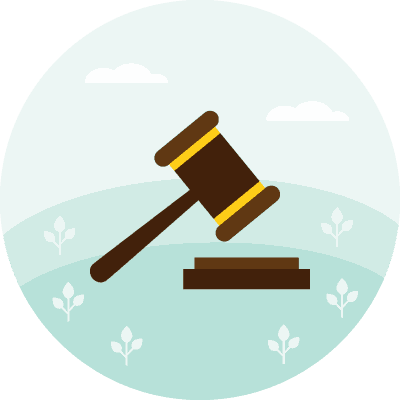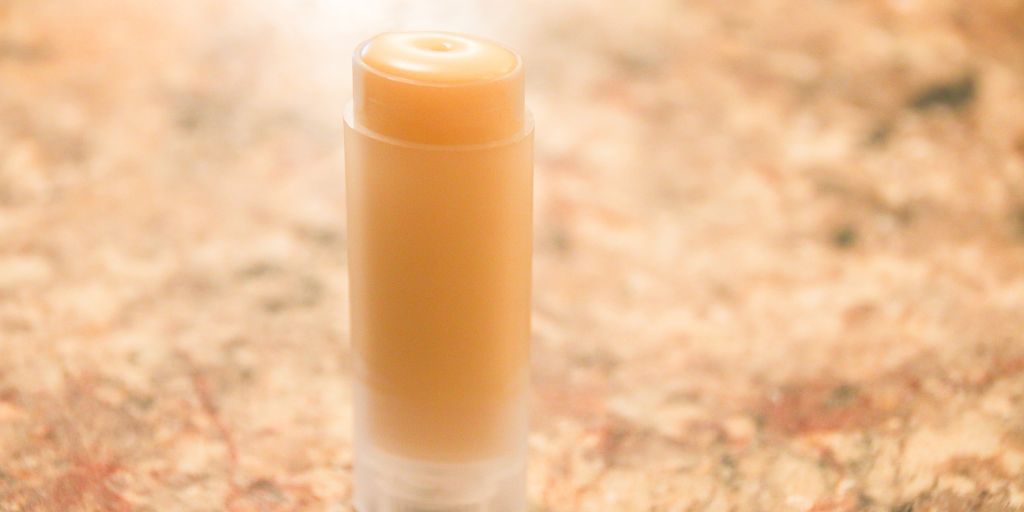What Is a Trademark?
REtipster does not provide legal advice. The information in this article can be impacted by many unique variables. Always consult with a qualified legal professional before taking action.
How Does a Trademark Work?
A trademark protects the identity of products and services from being assumed by another entity. These trademarks are represented by the symbols ® (registered trademark), ™ (trademark pending), or ℠ (service mark pending).

As an example, if a real estate company were to create a unique logo that strongly reinforces its identity, it could lose its unique selling proposition if another business uses the same—or similar—logo. Meanwhile, if a company does not have trademark protection for its assets, another could beat them to it. The law would then favor company B, putting company A at legal risk.
In these cases, the company to complete the trademark registration will have legal rights to sue copycats. As a result, anyone looking to start a business or launch a product should exercise care to prevent accidentally stealing another company’s trademark[1].
BY THE NUMBERS: It takes a trademark application approximately three months from filing to the first Office action.
Source: JDSupra
Types of Trademarks by Strength
Some trademarks are stronger than others, depending on their characteristics. For instance, a product name using invented words is better from a trademark standpoint than a product that features generic, everyday names or terms. As a result, stronger trademarks are easier and less costly to bring to court in the case of trademark infringement from another company[2].
Fanciful Trademarks
These contain invented words that only gain meaning in the context of the products they represent. As they are creative (in the sense that they are not real words), they are the strongest forms of trademarks. Some examples include Kodak, Verizon, and Pepsi.
Arbitrary Trademarks
These are words in the English language but denote a completely different product or service in terms of intellectual property. For instance, when a brand called “Glue,” which sells skincare products, registers for a trademark, it will gain arbitrary strength in court.
One of the most renowned real-life brands to take on this trademark is Apple, which sells computing products despite being named after a fruit.
Suggestive Trademarks
These trademarks describe characteristics of products or services, hinting at what they offer to clients. An example would be Netflix, which combines the word flix (short for “flicks,” a synonym for movies) and net (the internet). These words suggest how the company offers an online viewing service.
Descriptive Trademarks
These are weak trademarks that directly describe the business or its products and services. American Airlines and ChapStick are examples of descriptive trademarks. The former describes the business (an airline company from America), while the latter is a word combination describing the small tube containing an ointment that prevents chapping lips.
Descriptive trademarks, by default, cannot be registered under trademark law. However, they can gain the coveted registration by taking on a secondary meaning. Businesses can achieve this by being exclusively associated with the product or service that they offer[3].
Generic Trademark
The U.S. Patent and Trademark Office does not recognize generic trademarks as real trademarks. As a result, individuals cannot register one under this category. These essentially name a product or service with an existing word from the English language, such as bicycle or sugar.
Attempts at registering a generic trademark should not be mistaken for names that have become so ingrained in consumers’ minds that they have become generic terms. These include Band-Aid, Xerox, and Taser—all of which hold legally registered trademarks[4].
Registered vs. Unregistered Trademarks
Trademarks are pieces of intellectual property, but anyone can own one without going through the registration process with the USPTO.
There are key differences concerning ownership rights for registered and unregistered trademarks. One needs to consider these before deciding whether they should register or if an unregistered trademark offers them the protection they need.
BY THE NUMBERS: Approximately 98% of all trademarks in the U.S. are not registered with the USPTO.
Source: Traklight
Unregistered Trademarks
If a company does not register a trademark with the USPTO, it can still claim an unregistered trademark (also known as common law trademarks). These fall under the scrutiny of state-based trademark laws surrounding trademarking and unfair competition. However, they do not receive the full protection offered by an actual trademark registration.
Common law, which most states abide by, protects companies by the principle of direct competition. These rules prevent other entities from trying to sell a product or service that previously exists or using the same name, emblem, or distinctive element.
Suppose company A sells keyboards with the unregistered trademark Floater™. Meanwhile, company B also decided to sell keyboards with the same name. Common law offers company A protection against the unfair competition posed by company B, regardless of trademark registration.
A downside to this arrangement is that common laws do not extend outside of a state’s borders. So if company A operates in New York and company B launches in California, then there would be no stopping two unregistered Floater™ keyboard businesses from coexisting[5].
If a company has filed a trademark application for its product, it may use the ™ designation on it. This symbol indicates its registration is pending (for services, the company may instead use the ℠, or service mark pending). This can deter copycats from trying to use the name or graphic for their own.
Registered Trademarks
From Apple to Microsoft, almost all major corporations choose to register a trademark. Because the USPTO offers federal trademark protection anywhere in the country, companies are guarded against trademark infringement on the federal level instead of the state level[6].
In addition to country-wide protection, registered trademarks also ensure that:
- No other company has the same or similar trademark.
- The company has exclusive rights to use the trademark anywhere within the country.
- If another business were to challenge the trademark, the existing company would have the upper hand as it has been properly registered and has federal trademark protection.
- Investors often prefer businesses with registered trademarks due to their prestige. A trademark also assures investors that the company’s identity cannot be stolen.
A fully registered trademark is denoted by the ® symbol.
How to Register a Trademark
Companies can file for a trademark with the USPTO as long as their main office is in the United States. In contrast, foreign companies must work with a U.S.-licensed lawyer to help them complete the filing process[7].
Generally, all applicants must undertake the following steps to register a trademark:
- Choose a register to file. A Principal Register is required for companies with a secondary meaning, while a Supplemental Register is enough to protect companies with unique trademarks[8].
- Head to the Trademark Electronic Application System website. Fill out the application and pay the associated fees. Once completed, the applicant will receive a confirmation of their trademark application.
- An attorney will review the application. This process can take a few months to complete. If the trademark application presents errors or issues, then prospective trademark owners may need the help of an attorney to resolve them.
- Once the application is approved, USPTO will publish and recognize the trademark as officially registered.
Takeaways
- Trademark protection provides legal ownership of a distinct feature, such as a symbol, word, color combination, and more.
- The more unique and creative a trademark is, the stronger that intellectual property is in the eyes of the court. Therefore, trademark laws are more easily enforced for unique trademarks.
- Trademarks do not need to be registered, but they can receive federal trademark protection by registering with the U.S. Patent and Trademark Office.
Sources
- Trademark vs. Logo: Everything You Need to Know. (n.d.). Retrieved from https://www.upcounsel.com/trademark-vs-logo
- Strong trademarks. (2021). Retrieved from https://www.uspto.gov/trademarks/basics/strong-trademarks
- Fabian, H. (2017). United States: What Is A Descriptive Trademark. Retrieved from https://www.mondaq.com/unitedstates/trademark/567288/what-is-a-descriptive-trademark
- Abadi, M. (2018). Taser, Xerox, Popsicle, and 31 more brands-turned-household names. Retrieved from https://www.businessinsider.com/google-taser-xerox-brand-names-generic-words-2018-5
- Stim, R. (n.d.). What Good Is an Unregistered Trademark? Retrieved from https://www.nolo.com/legal-encyclopedia/what-good-unregistered-trademark.html
- Melson, B. (2020). 6 Benefits of Registering Your Trademark. Retrieved from https://www.delawareinc.com/blog/six-benefits-of-registering-your-trademark/
- Do I need an attorney? (2021). Retrieved from https://www.uspto.gov/trademarks/basics/do-i-need-attorney
- Chung, E. (2013). What’s the difference between the Principal Register and the Supplemental Register? Retrieved from https://www.remarksblog.com/2013/02/whats-the-difference-between-the-principal-register-and-the-supplemental-register/








